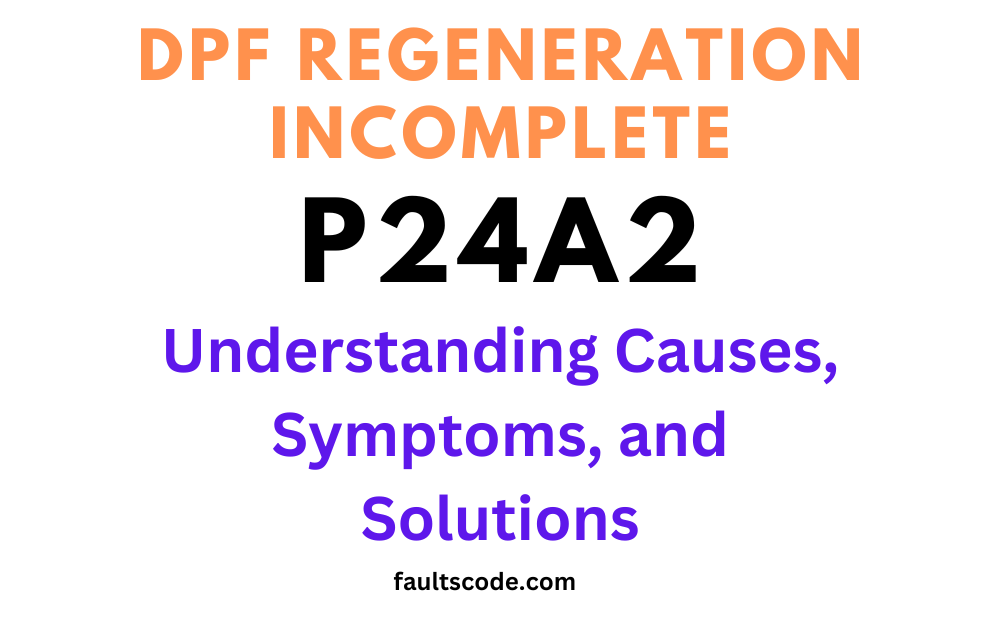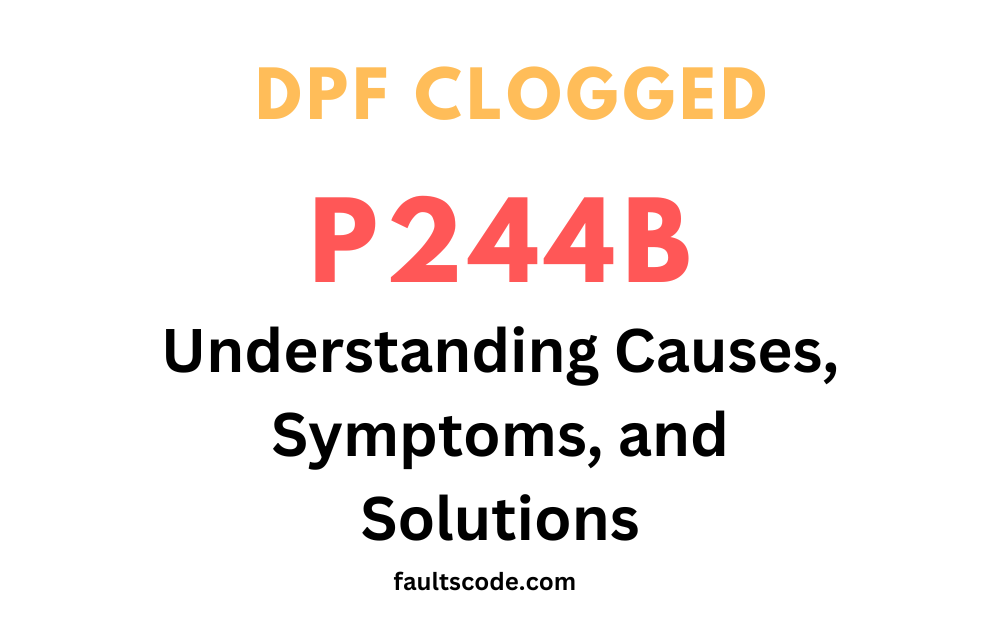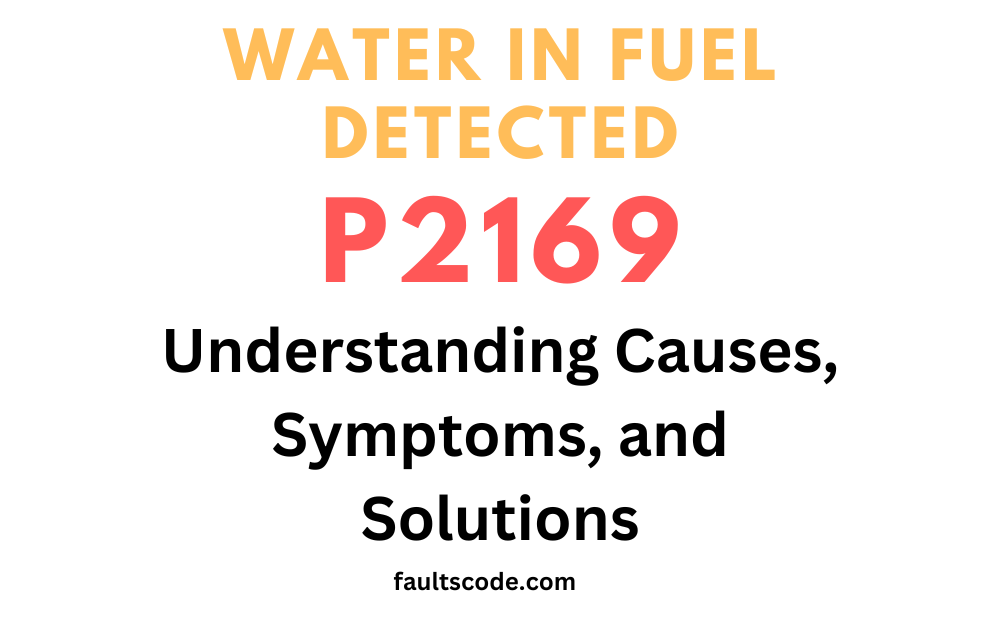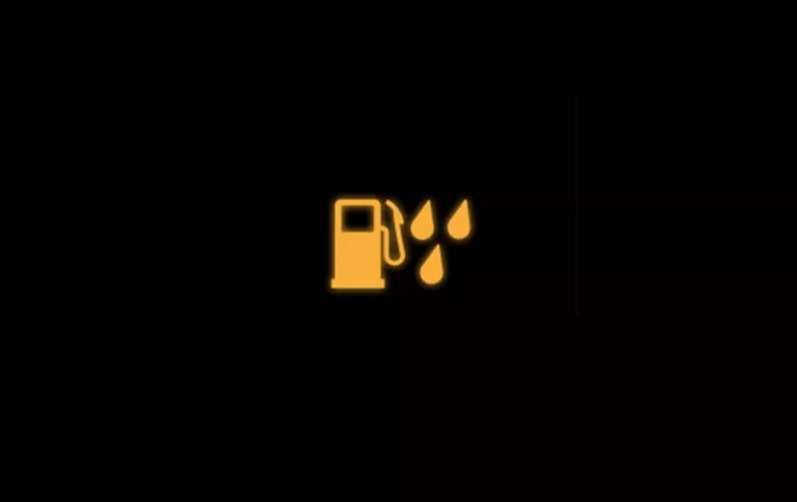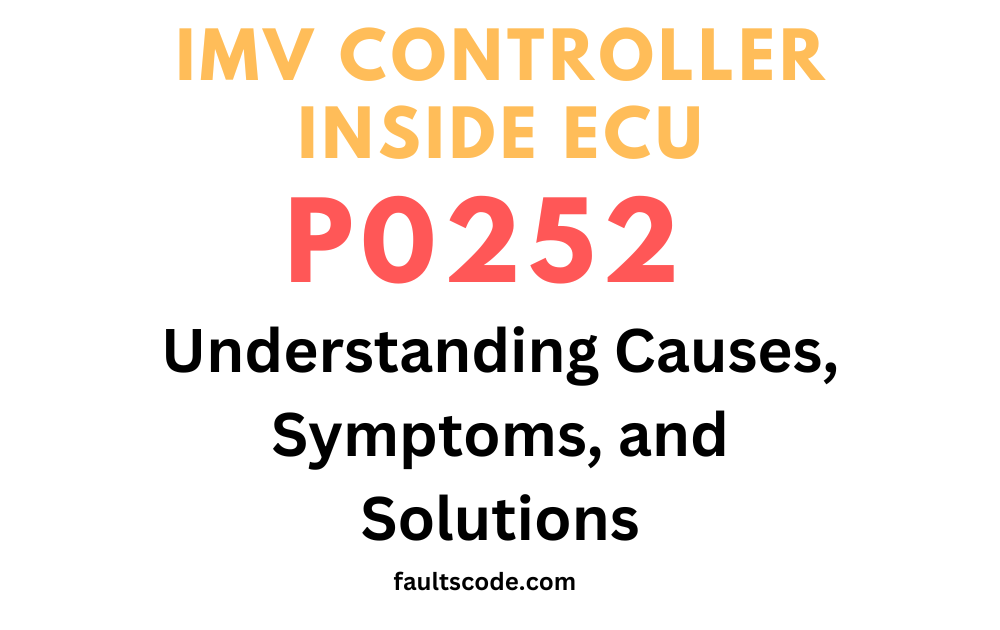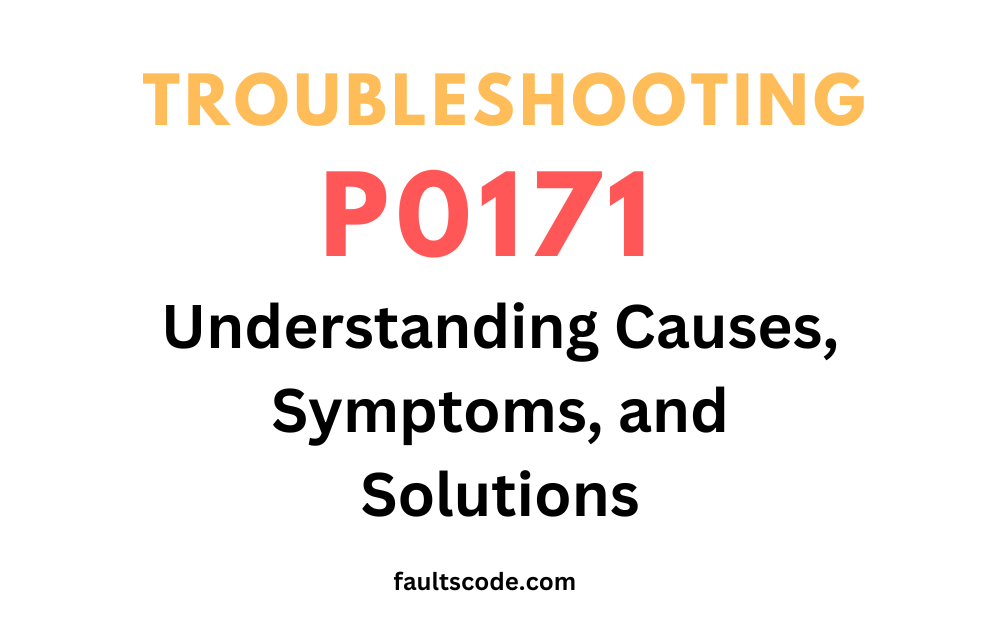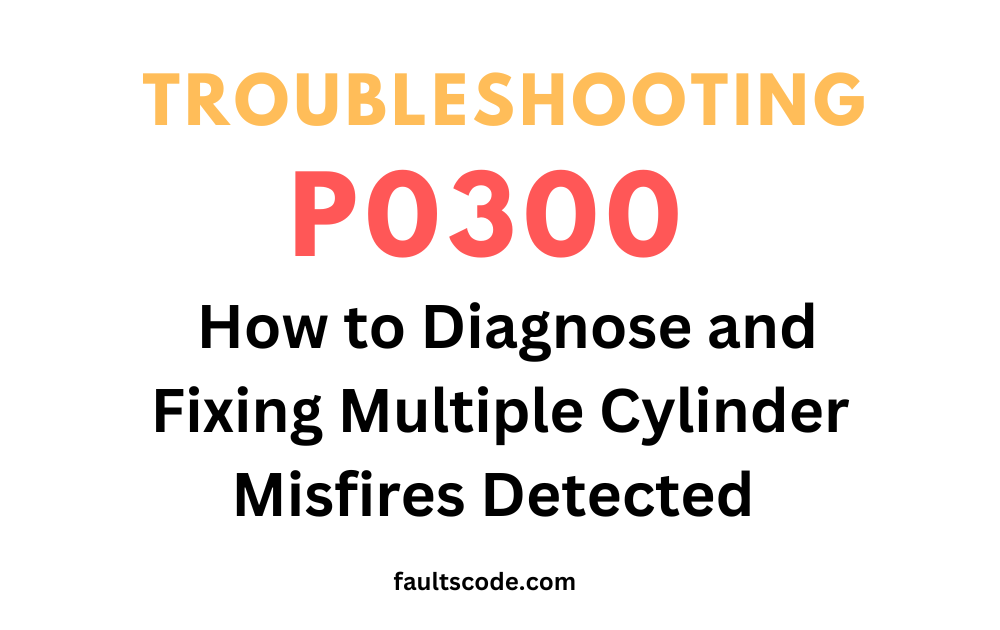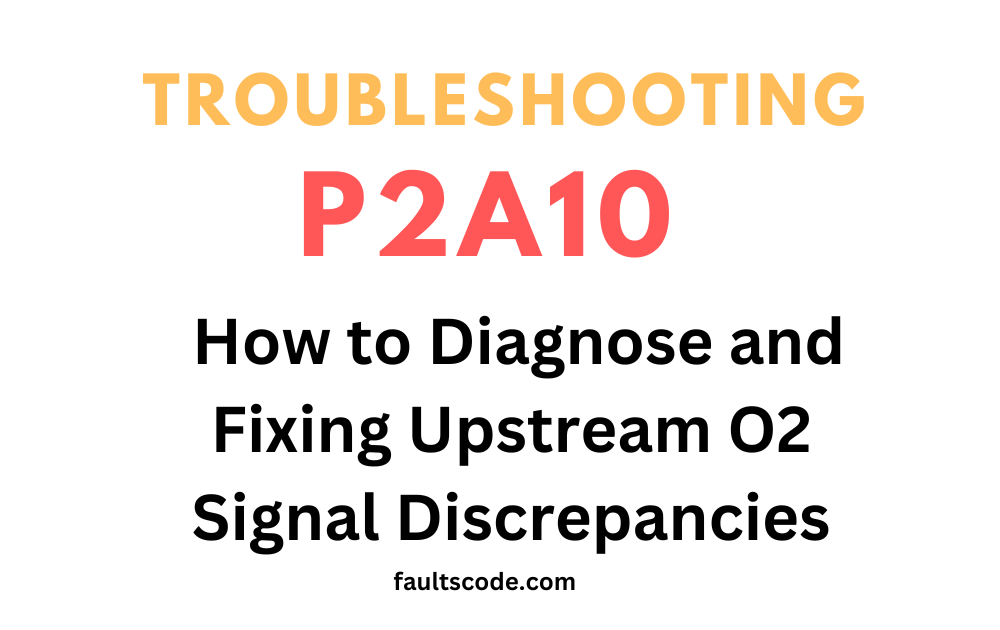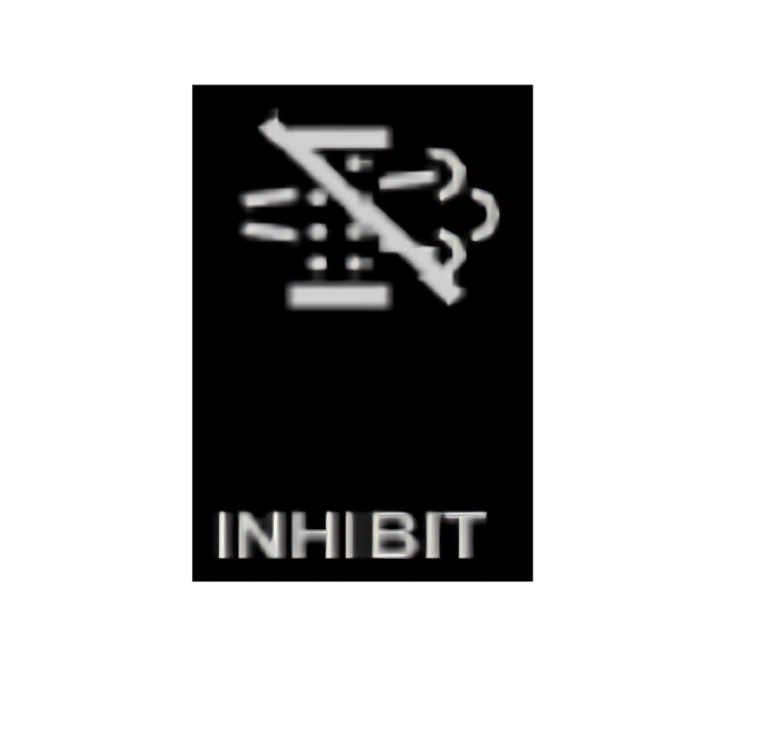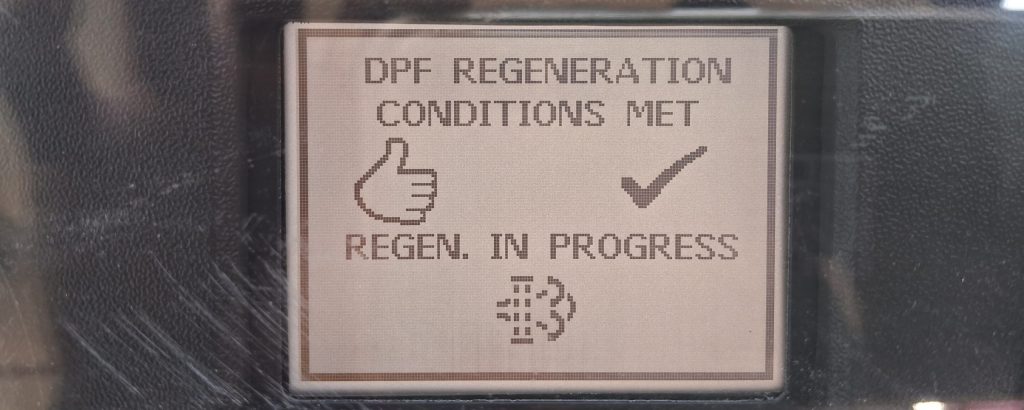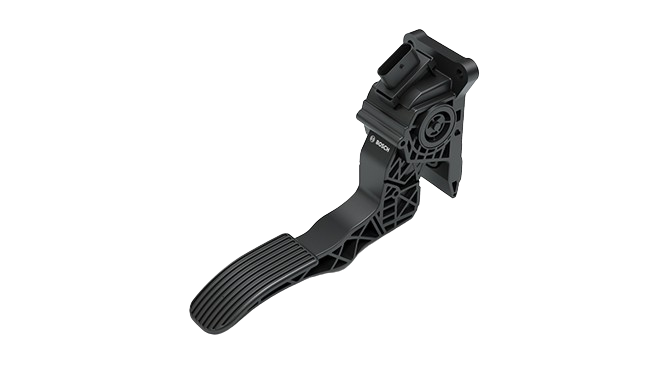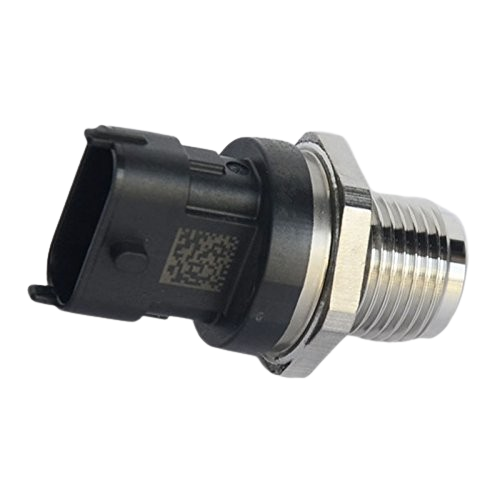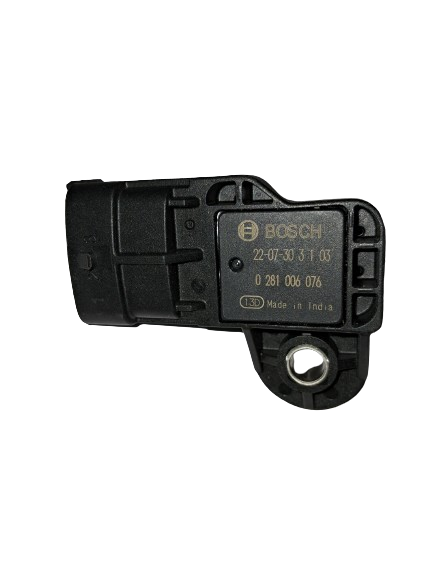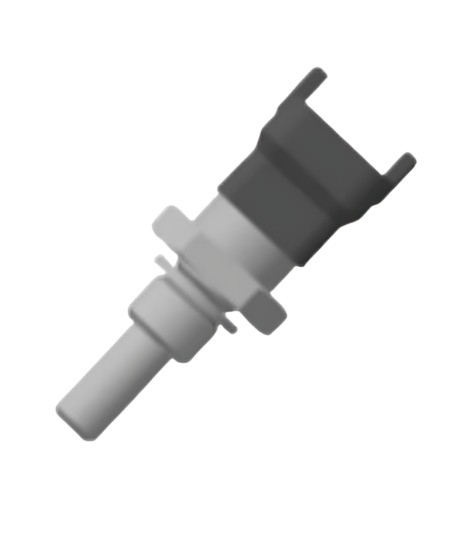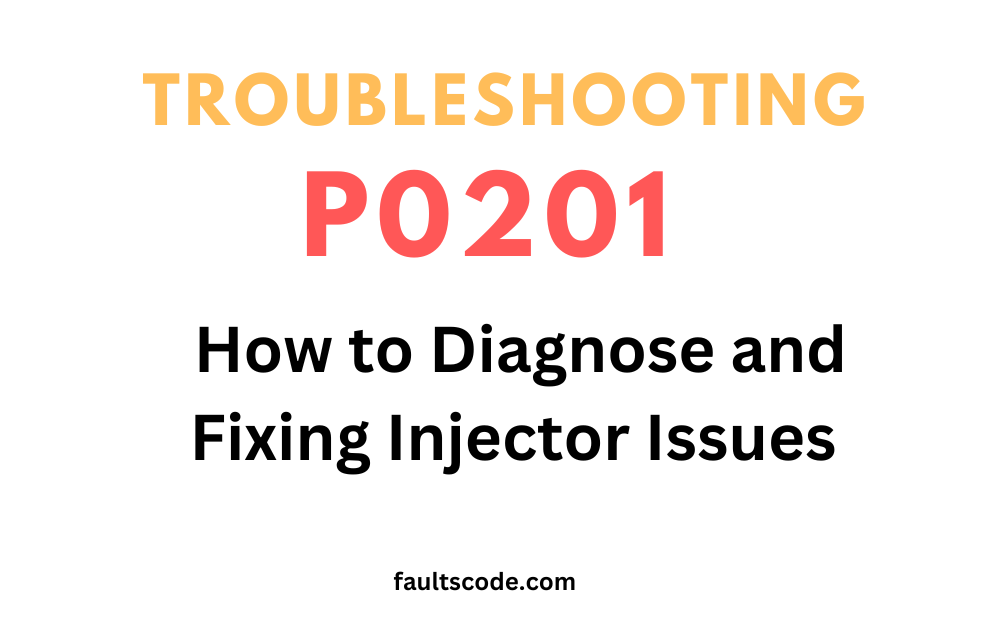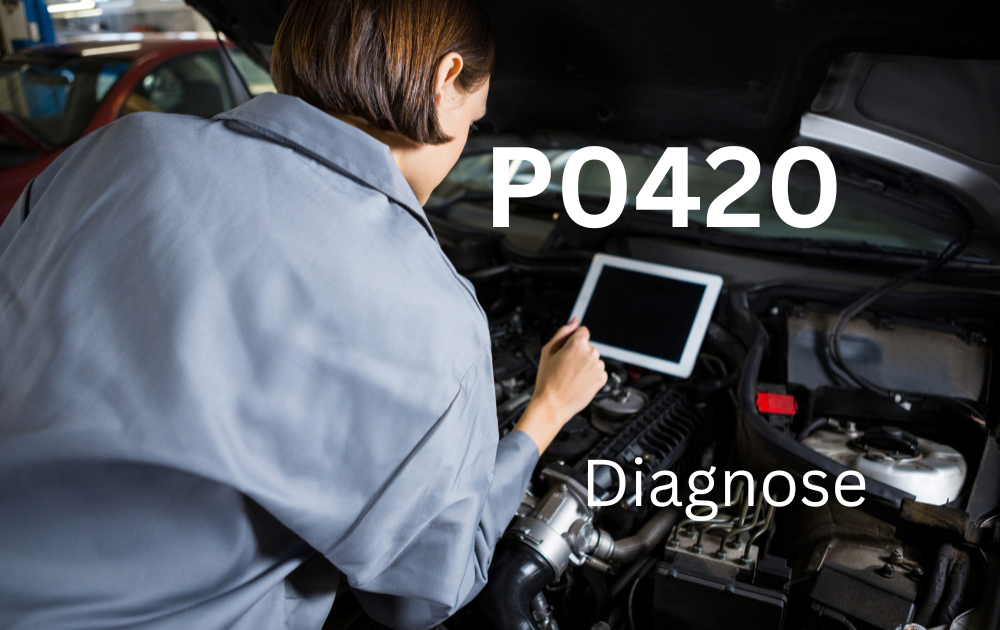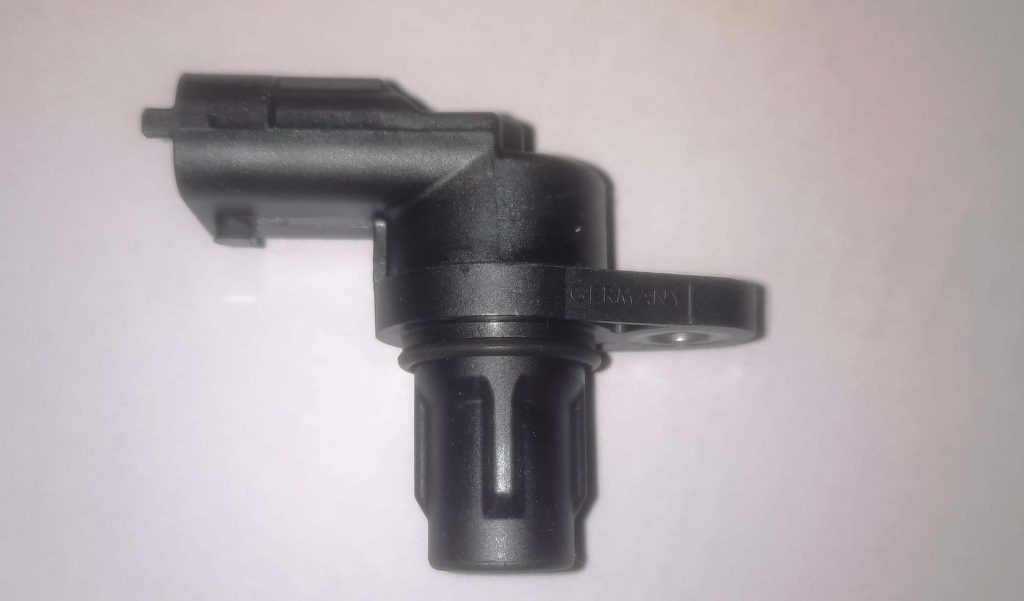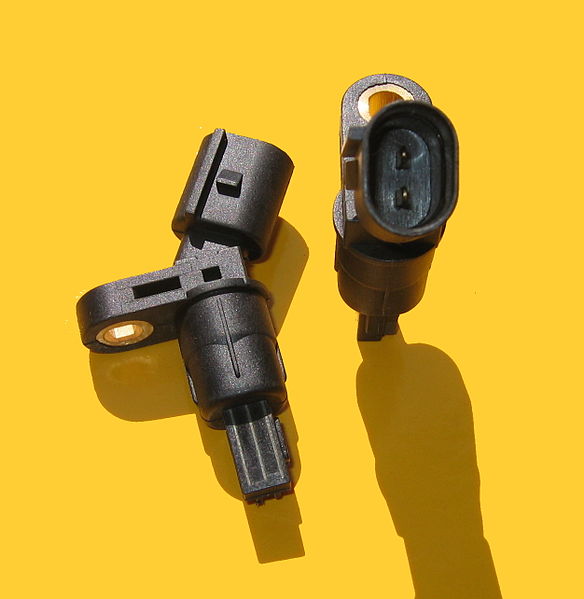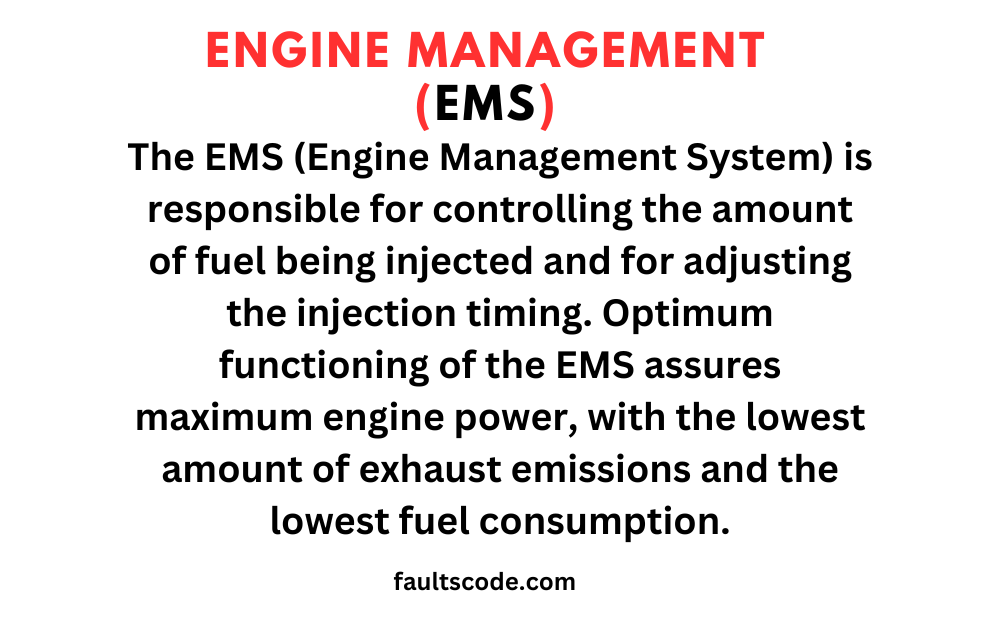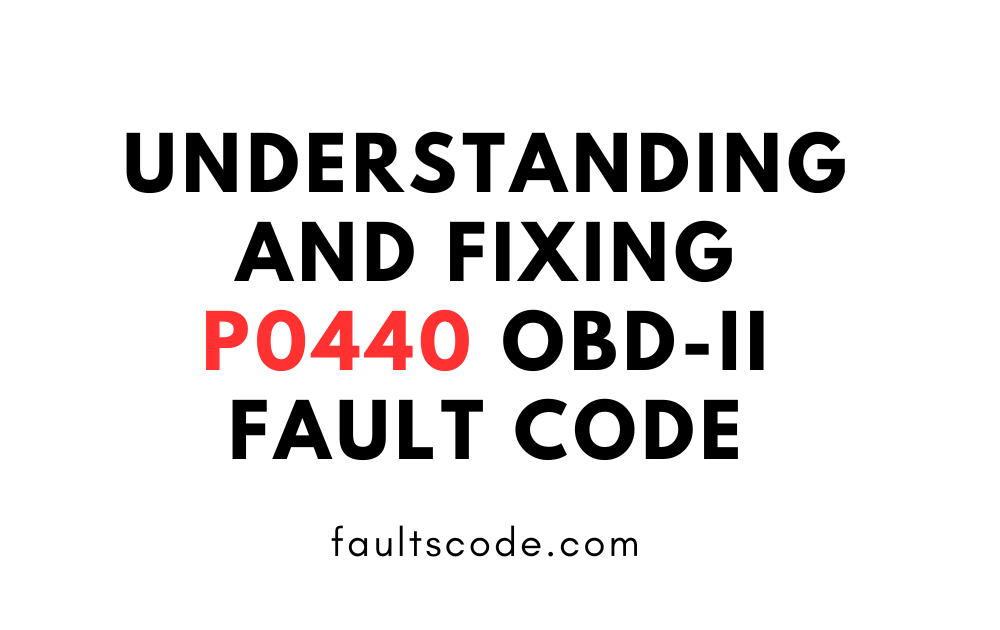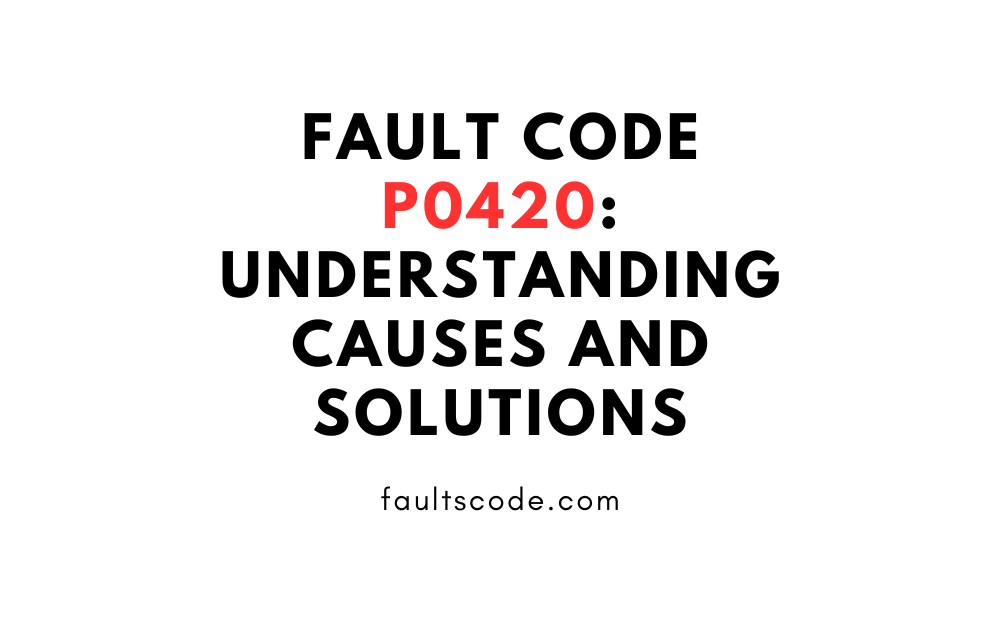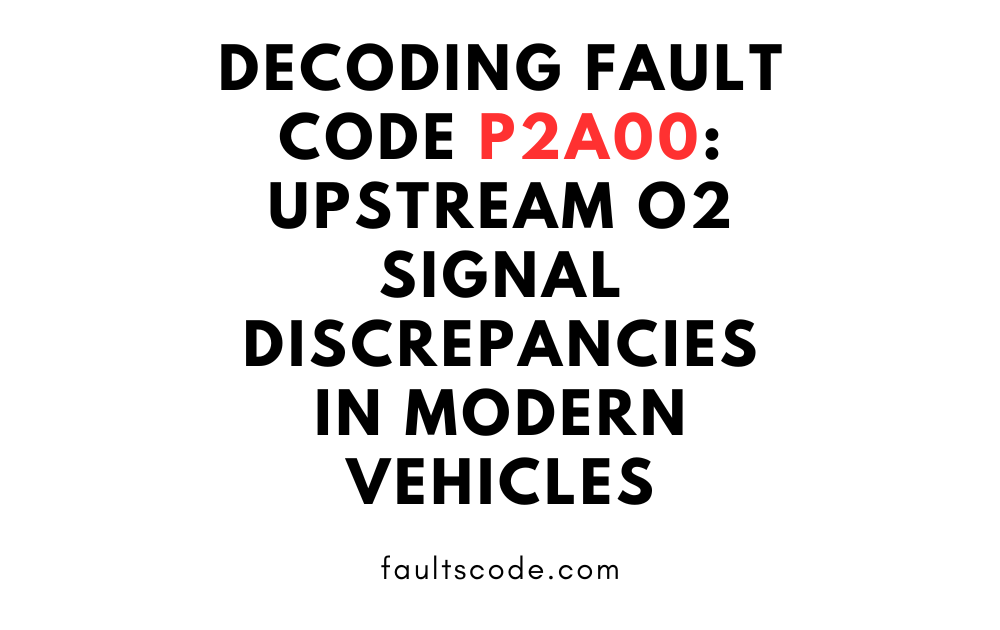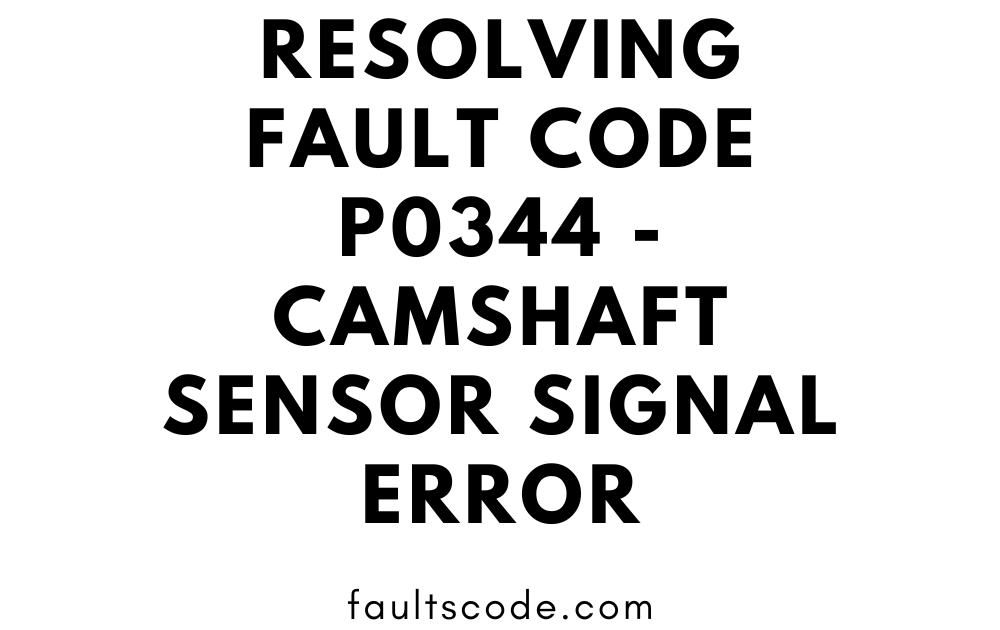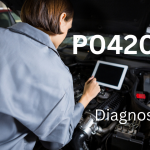Mastering P0607: Proven Strategies to Troubleshoot and Resolve Issues

Automotive diagnostics play a crucial role in ensuring the optimal performance of modern vehicles. These diagnostics involve the identification and resolution of various trouble codes, contributing to the overall health and functionality of the vehicle. One such diagnostic code that demands prompt attention is the P0607 code.
Brief Overview of Automotive Diagnostic Codes
Automotive diagnostic codes are alphanumeric sequences generated by a vehicle’s onboard computer system. These codes serve as indicators of potential issues within the vehicle’s various systems. Mechanics and technicians rely on these codes to pinpoint and address problems efficiently, facilitating effective vehicle maintenance.
Introduction to P0607 and Its Significance
Among the myriad of diagnostic codes, P0607 holds particular significance. This code specifically relates to issues within the engine control module (ECM) or powertrain control module (PCM), both critical components in regulating the vehicle’s performance. When a vehicle triggers the P0607 code, it signals a malfunction in the ECM or PCM, necessitating thorough inspection and timely resolution.
Importance of Addressing P0607 Promptly
Addressing the P0607 code promptly is paramount for several reasons. Firstly, the ECM and PCM are integral to the proper functioning of the vehicle’s engine and overall performance. Ignoring or delaying the resolution of P0607 can lead to a cascade of issues, potentially resulting in reduced fuel efficiency, increased emissions, and even engine failure.
Additionally, timely resolution of the P0607 code prevents the problem from escalating, averting potential damage to other engine components. This proactive approach not only safeguards the vehicle’s longevity but also minimizes repair costs in the long run. Neglecting P0607 can result in a domino effect, causing a ripple of complications throughout the vehicle’s systems.
In the subsequent sections, we will delve deeper into the specifics of the P0607 code, exploring its causes, symptoms, and effective troubleshooting and repair strategies. Understanding these aspects is crucial for both vehicle owners and automotive professionals to ensure a swift and accurate resolution to the challenges posed by the P0607 diagnostic code.
Understanding P0607 Code

Definition and Meaning of the P0607 Diagnostic Trouble Code
The P0607 diagnostic trouble code is a specific identifier that points to a malfunction within the Engine Control Module (ECM) or Powertrain Control Module (PCM). This alphanumeric code, when triggered, indicates a fault in the control modules responsible for managing and regulating crucial functions within the vehicle’s engine and overall performance.
In simpler terms, P0607 signifies an anomaly in the electronic control system that demands attention and resolution to restore the vehicle’s optimal functionality.
Common Symptoms Associated with P0607
Recognizing the symptoms associated with the P0607 code is essential for timely diagnosis and repair. Common indicators of a P0607 issue include irregular engine performance, difficulty starting the vehicle, and an illuminated check engine light on the dashboard. Additionally, drivers may experience a reduction in fuel efficiency and overall drivability.
It’s crucial to note that the symptoms may vary depending on the make and model of the vehicle. Therefore, a comprehensive diagnostic approach is necessary to accurately identify and address the root cause of the P0607 code.
The Role of P0607 in the Vehicle’s Electronic Control System
The vehicle’s electronic control system, governed by the ECM and PCM, plays a pivotal role in orchestrating various engine functions. These functions include fuel injection timing, ignition timing, and emissions control. When the P0607 code emerges, it signals a disruption in this intricate system.
The ECM and PCM act as the brains of the vehicle, constantly receiving data from sensors and making real-time adjustments to ensure optimal performance. A malfunction represented by the P0607 code implies that the control modules are not communicating effectively or that one of them is not operating as intended. This breakdown in communication can compromise the overall efficiency and reliability of the vehicle’s electronic control system.
In the next section, we will explore the potential causes behind the P0607 code, shedding light on the factors that can lead to this critical malfunction in the ECM or PCM. Understanding these causes is crucial for effective troubleshooting and targeted repairs.
Causes of P0607 Error Code
1. Faulty Engine Control Module (ECM) or Powertrain Control Module (PCM)
- Explanation of ECM/PCM Functions The Engine Control Module (ECM) and Powertrain Control Module (PCM) serve as the electronic brains of a vehicle, overseeing and controlling various engine functions. These functions include fuel injection timing, ignition timing, and emission control. The ECM/PCM constantly receives data from sensors placed throughout the vehicle, processes this information, and makes real-time adjustments to optimize engine performance.
- How a Malfunction Can Trigger P0607 A malfunction within the ECM or PCM can trigger the P0607 code. This may occur due to internal component failure, such as a malfunctioning microprocessor or memory chip. When these critical components fail, the control modules are unable to interpret and process sensor data accurately, leading to communication breakdowns and the triggering of the P0607 code.
2. Wiring and Connection Issues
- Overview of the Wiring System in Modern Vehicles Modern vehicles feature an intricate network of wiring and connections that facilitate communication between various electronic components, including the ECM and PCM. Wiring is susceptible to wear and tear, exposure to environmental elements, and damage from accidents or vibrations.
- Potential Causes of Wiring Problems Leading to P0607 Wiring issues, such as frayed or damaged wires, loose connections, or corroded terminals, can disrupt the communication between the ECM and PCM, resulting in the P0607 code. Environmental factors, like moisture or exposure to extreme temperatures, can exacerbate these problems. Regular vehicle maintenance and inspections are crucial for identifying and addressing potential wiring issues before they escalate.
3. Software and Programming Issues
- The Impact of Software Glitches on the ECM/PCM The software within the ECM and PCM is responsible for interpreting sensor data, making real-time adjustments, and ensuring smooth engine operation. Software glitches can occur due to bugs, compatibility issues, or corruption in the programming.
- How Programming Errors May Trigger P0607 Errors in the programming of the ECM or PCM can lead to the malfunction represented by the P0607 code. This may happen during software updates or when there are inconsistencies in the programming language. Additionally, aftermarket modifications or unapproved software changes can introduce programming errors, contributing to the triggering of the P0607 code.
Understanding these potential causes is crucial for effective diagnostic procedures and targeted repairs when dealing with the P0607 diagnostic trouble code. In the subsequent sections, we will explore the symptoms associated with P0607 in greater detail and delve into the recommended troubleshooting and repair strategies.
Diagnostic Process of P0607
Using OBD-II Scan Tools to Retrieve P0607 Codes
- Explanation of OBD-II Diagnostics On-Board Diagnostics II (OBD-II) is a standardized system implemented in modern vehicles to monitor and report on the performance of the engine and other essential systems. OBD-II scan tools are instrumental in retrieving diagnostic trouble codes, including the P0607 code, stored in the vehicle’s computer system.
- Steps to Retrieve and Interpret P0607 Codes
- Connect the OBD-II scan tool to the vehicle’s OBD-II port, usually located under the dashboard.
- Turn the ignition key to the “on” position without starting the engine.
- Access the scan tool menu and select the option to read diagnostic trouble codes.
- The scan tool will retrieve and display the P0607 code along with any other relevant codes.
- Interpret the codes by referring to the scan tool’s code database or consulting a service manual.
Additional Diagnostic Tests
Voltage and Continuity Checks
- Conduct voltage checks on relevant components, including sensors connected to the ECM/PCM.
- Ensure that voltage levels are within the specified range to guarantee proper functioning.
- Perform continuity checks on wiring harnesses to identify and address any breaks or irregularities.
Inspecting the ECM/PCM for Physical Damage
- Physically inspect the ECM/PCM for signs of damage, such as burnt areas, corrosion, or loose connections.
- Check for loose or damaged pins in the ECM/PCM connectors.
- Examine the surrounding components for evidence of water damage, which may affect the electronic control modules.
These additional diagnostic tests provide a comprehensive analysis beyond code retrieval, allowing technicians to identify the root cause of the P0607 code more accurately. In cases where the issue lies with the ECM or PCM, a thorough inspection and, if necessary, replacement of these components may be required.
In the subsequent sections, we will explore recommended repair strategies for addressing the P0607 code, ensuring a systematic and effective resolution to the diagnosed issues.
Common Mistakes and Misconceptions
Addressing P0607 Without Proper Diagnosis
One common mistake in dealing with the P0607 code is attempting to address the issue without a thorough diagnosis. P0607 is a generic code that points to a malfunction within the Engine Control Module (ECM) or Powertrain Control Module (PCM). Simply clearing the code without identifying and resolving the root cause can lead to a temporary fix, but the underlying issue may persist, resulting in the recurrence of the P0607 code. It’s crucial to conduct a comprehensive diagnostic process, including OBD-II scans and additional tests, to pinpoint the specific problem before attempting repairs.
Ignoring Related Codes and Symptoms
P0607 often accompanies other diagnostic trouble codes or symptoms that may provide valuable insights into the underlying issues affecting the ECM or PCM. Ignoring related codes or symptoms can result in overlooking crucial information necessary for an accurate diagnosis. Technicians and vehicle owners should pay attention to all relevant codes and symptoms, considering them as pieces of a puzzle that collectively contribute to a comprehensive understanding of the problem.
DIY Fixes That May Worsen the Problem
Attempting do-it-yourself (DIY) fixes without a proper understanding of the complexities involved in addressing P0607 can exacerbate the problem. DIY approaches, such as disconnecting the battery or attempting to reprogram the ECM or PCM without proper knowledge, may lead to unintended consequences. Modern vehicles are equipped with sophisticated electronic systems, and improper interventions can cause further damage. It’s advisable to seek professional assistance or guidance when dealing with the P0607 code to ensure effective and lasting solutions.
In the following sections, we will explore recommended repair strategies and solutions for addressing the P0607 diagnostic trouble code, providing a roadmap for technicians and vehicle owners to resolve the issue systematically.
Repair and Solutions P0607 Code
Replacing or Reprogramming the ECM/PCM
- Considerations Before Replacing the Module Before opting for ECM or PCM replacement, it’s essential to consider factors such as the module’s compatibility with the vehicle’s make and model. Additionally, rule out other potential causes, and ensure that the issue genuinely lies with the control module. ECM/PCM replacement is a significant step and should be based on a thorough diagnosis.
- Importance of Professional Reprogramming If ECM or PCM replacement becomes necessary, professional reprogramming is crucial. This involves updating the module with the latest software and vehicle-specific parameters. Professional reprogramming ensures compatibility, optimal performance, and adherence to manufacturer specifications. DIY attempts at reprogramming may lead to complications, emphasizing the need for a qualified technician’s expertise.
Resolving Wiring and Connection Issues
Identifying and Repairing Damaged Wiring
- Perform a meticulous inspection of the vehicle’s wiring harness for any signs of damage, including frayed or exposed wires.
- Address identified issues promptly, either through repair or replacement of damaged wiring.
- Utilize wiring diagrams and diagnostic tools to trace and rectify faults in the wiring system.
Ensuring Proper Connections
- Verify the integrity of connections between the ECM/PCM and other relevant components.
- Tighten any loose connections and address corroded terminals to ensure a stable electrical connection.
- Consider using dielectric grease on connectors to protect against corrosion.
Software Updates and Fixes
Importance of Keeping Vehicle Software Up to Date
- Regularly update the vehicle’s software to benefit from manufacturer-released updates and improvements.
- Up-to-date software can enhance system stability, address known issues, and potentially prevent the recurrence of the P0607 code.
Addressing Software-Related P0607 Issues
- If the P0607 code is related to software glitches, consult the vehicle manufacturer’s service bulletins or technical support for recommended fixes.
- Professional technicians can use specialized tools to diagnose and rectify software-related issues, ensuring a comprehensive and accurate solution.
In conclusion, addressing the P0607 diagnostic trouble code requires a systematic approach, considering various factors such as module replacement, wiring integrity, and software updates. Professional expertise is crucial to ensuring effective and lasting solutions, and vehicle owners are encouraged to seek the assistance of qualified technicians for a thorough diagnosis and repair. Regular maintenance and timely intervention contribute to the overall health and longevity of a vehicle’s electronic control system.
Preventive Measures
Regular Vehicle Maintenance and Inspections
- Scheduled Maintenance Checks:
- Adhere to the manufacturer’s recommended maintenance schedule.
- Regularly inspect the vehicle’s wiring, connectors, and electronic components for signs of wear or damage.
- Diagnostic Scans:
- Periodically perform OBD-II diagnostic scans, even in the absence of warning lights.
- Detecting potential issues early can prevent the escalation of problems, including those indicated by the P0607 code.
Software Updates and Recalls
- Stay Informed:
- Stay informed about software updates and recalls issued by the vehicle manufacturer.
- Address updates promptly to benefit from improvements and bug fixes that contribute to the stability of the electronic control system.
Professional Diagnosis for Recurring Issues
- Consult Professionals:
- If the P0607 code or related issues persist, seek the expertise of professional technicians.
- Professionals can conduct in-depth diagnostics to identify underlying causes and implement effective solutions.
Conclusion
Recap of Key Points About P0607
In summary, the P0607 diagnostic trouble code signals a malfunction in the Engine Control Module (ECM) or Powertrain Control Module (PCM), impacting the vehicle’s electronic control system. Understanding the causes, symptoms, and diagnostic process is crucial for accurate troubleshooting and effective repairs.
Importance of Timely Diagnosis and Proper Repairs
Timely diagnosis and proper repairs are paramount when dealing with the P0607 code. Ignoring or addressing the issue without a comprehensive diagnosis can lead to persistent problems, potentially causing further damage to the vehicle’s systems. Professional intervention ensures accurate identification of the root cause and the implementation of lasting solutions.
Encouragement for Regular Vehicle Maintenance to Prevent P0607 Issues
Regular vehicle maintenance is the cornerstone of preventing issues like P0607. Routine inspections, adherence to maintenance schedules, and staying informed about software updates contribute to the overall health and longevity of the electronic control system. Vehicle owners are encouraged to prioritize maintenance practices to mitigate the risk of encountering the P0607 diagnostic trouble code and related issues.
By adopting these preventive measures, vehicle owners can enjoy a smoother and more reliable driving experience while minimizing the likelihood of encountering ECM/PCM-related malfunctions such as the P0607 code.
FAQ
What does the P0607 diagnostic trouble code indicate?
The P0607 code signals a malfunction within the Engine Control Module (ECM) or Powertrain Control Module (PCM), impacting the vehicle’s electronic control system.
How can I retrieve and interpret the P0607 code?
Use an OBD-II scan tool to retrieve the P0607 code from the vehicle’s computer system. Interpret the code by referencing the scan tool’s code database or consulting a service manual.
What are common symptoms associated with the P0607 code?
Symptoms include irregular engine performance, difficulty starting the vehicle, decreased fuel efficiency, and an illuminated check engine light on the dashboard.
Can DIY fixes address the P0607 code effectively?
DIY fixes without proper diagnosis and understanding of the issue may worsen the problem. It’s advisable to seek professional assistance for accurate troubleshooting and repairs.
How can I prevent P0607 and related ECM/PCM issues?
Practice regular vehicle maintenance, including inspections of wiring and connectors. Stay informed about software updates and recalls, and seek professional diagnosis for recurring issues to maintain optimal electronic control system health.


